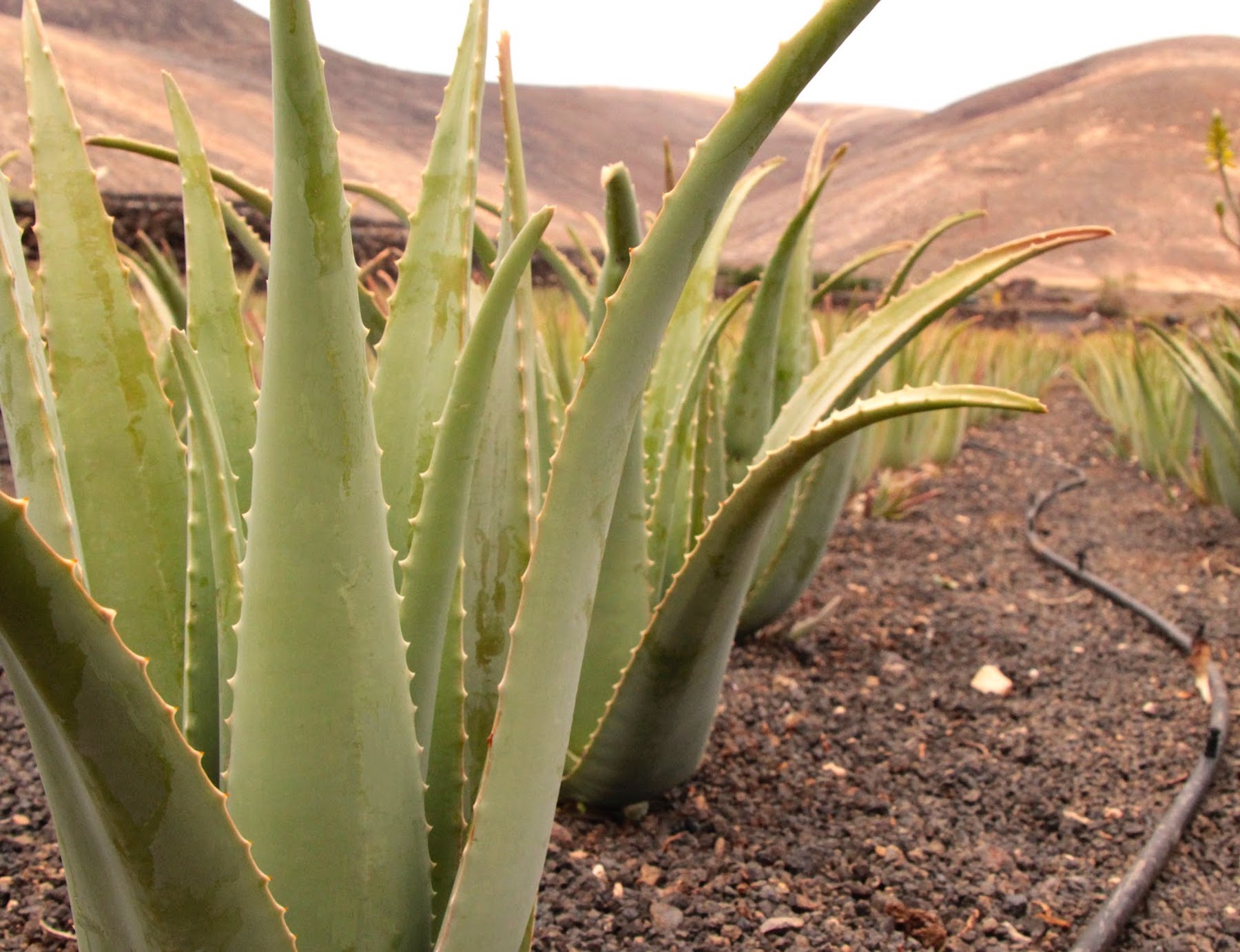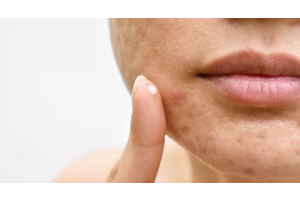Local Storage seems to be disabled in your browser.
For the best experience on our site, be sure to turn on Local Storage in your browser.
Aloe vera for cancer prevention

You may have already heard of Aloe vera for cancer prevention. Every year more research on Aloe vera is taking place all around the world as word spreads about its natural healing potential. Aloe vera has been a subject of intense research investigation since a long time. It is believed to be one of the most valuable plants due to its antioxidant, antibiotic, antiviral, antineoplastic, or antiproliferative (owing to its anthraquinone content), immunostimulatory (on account of acemannan), and other properties.
There are some, who advocate that Aloe boosts the immune system by directly attacking the foreign cells, thus treating cancer. Other articles say there's no evidence on healing or anti-tumoral properties in Aloe vera.
Let's see what actual researches say about the topic, this will help anyone to build his own opinion.
Healing properties: Glucomannan, a mannose-rich polysaccharide, and gibberellin, a growth hormone, significantly increase collagen synthesis after topical and oral Aloe vera. (1) In the investigations, Aloe vera gel not only increased collagen content of the wound but also changed collagen composition (more type III) and increased the degree of collagen cross linking. Due to this, it accelerated wound contraction and increased the breaking strength of resulting scar tissue. (2) An increased synthesis of hyaluronic acid and dermatan sulfate, who accelerate the regeneration processes in a healing wound following oral or topical treatment has been reported. (3)
Effects on skin exposure to UV and gamma radiation: Aloe vera gel has been reported to have a protective effect against radiation damage to the skin (4, 5).
Anti-inflammatory action: Aloe vera prostaglandins production from arachidonic acid. Prostaglandines induce vasodilation, favor the appearance of edema and decrease the pain threshold (6).
Effects on the immune system: In a study on mice that had previously been implanted with murine sarcoma cells, acemannan stimulates the synthesis and release a tumor necrosis factor, which initiated an immune attack that resulted in necrosis and regression of the cancerous cells (7).
Antiviral activity: These actions may be due to indirect or direct effects. Indirect effect is due to stimulation of the immune system and direct effect is due to anthraquinones. The anthraquinone aloin inactivates various enveloped viruses such as herpes simplex, varicella zoster and influenza (8).
Antitumor activity: In recent studies, a polysaccharide fraction has shown to inhibit the formation of potentially cancer cells. An induction of enzymes who prevent from tumoral mutations and an inhibition of other tumor-promoting molecules has also been reported which suggest a possible benefit of using Aloe gel in cancer prevention (9, 10).
Clinical uses: The clinical use of Aloe vera is still not supported by a big pool of datas. Most of the reports are about skin-problems treatments, but also other uses are mentioned. In the references you can find two interesting examples (11, 12).
Although it isn't still being proposed that Aloe vera is a remedy for cancer, research does support the fact that Aloe vera, particularly certain components in the plant, have striking anticancer effects. Perhaps in a next future we will see it employed beside the traditional methods in the cure of cancer and other diseases.
Disclaimer: This article is for informative purposes only and should not be used as a replacement for professional medical advice. Please check with your doctor before starting any type of complementary or alternative treatment.
SOURCES:
1. Chithra R Sajithlal GB, Chandrakasan G. Influence of aloe vera on collagen characteristics in healing dermal wounds in rats. Mol Cell Biochem. 1998;181:71–6. [PubMed] [Google Scholar]
2. Heggers J, Kucukcelebi A, Listengarten D, Stabenau J, Ko F, Broemeling LD, et al. Beneficial effect of aloe on wound healing in an excisional wound model. J Altern Complement Med. 1996;2:271–7. [PubMed] [Google Scholar]
3. Chithra P, Sajithlal G, Chandrakasan G. Influence of aloe vera on the glycosaminoglycans in the matrix of healing dermal wounds in rats. J Ethnopharmacol. 1998;59:179–86. [PubMed]
4. Roberts DB, Travis EL. Acemannan-containing wound dressing gel reduces radiation-induced skin reactions in C3H mice. Int J Radiat Oncol Biol Phys. 1995;32:1047–52. [PubMed] [Google Scholar]
5. Sato Y, Ohta S, Shinoda M. Studies on chemical protectors against radiation XXXI: Protective effects of Aloe arborescens on skin injury induced by x-irradiation. Yakugaku Zasshi. 1990;110:876– 84. [PubMed] [Google Scholar]
6. Hutter JA, Salmon M, Stavinoha WB, Satsangi N, Williams RF, Streeper RT, et al. Anti- inflammatory C-glucosyl chromone from Aloe barbadensis. J Nat Prod. 1996;59:541–3. [PubMed] [Google Scholar]
7. Peng SY, Norman J, Curtin G, Corrier D, McDaniel HR, Busbee D. Decreased mortality of Norman murine sarcoma in mice treated with the immunomodulator, acemannon. Mol Biother. 1991;3:79–87. [PubMed] [Google Scholar]
8. Sydiskis RJ, Owen DG, Lohr JL, Rosler KH, Blomster RN. Inactivation of enveloped viruses by anthraquinones extracted from plants. Antimicrob Agents Chemother. 1991;35:2463–6.
[PMC free article] [PubMed] [Google Scholar]
9. Kim HS, Lee BM. Inhibition of benzo [a] pyrene-DNA adduct formation by aloe barbadensis Miller. Carcinogenesis. 1997;18:771–6. [PubMed] [Google Scholar]
10. Kim HS, Kacew S, Lee BM. In vitro chemopreventive effects of plant polysaccharides (Aloe barbadensis Miller, Lentinus edodes, Ganoderma lucidum, and Coriolus vesicolor) Carcinogenesis. 1999;20:1637–40. [PubMed] [Google Scholar]
11. Zawahry ME, Hegazy MR, Helal M. Use of aloe in treating leg ulcers and dermatoses. Int J Dermatol. 1973;12:68–73. [PubMed] [Google Scholar]
12. Ernst E, Fugh-Berman A. Methodological considerations in testing the efficacy of complementary/alternative treatments (CATs) Int J Alt Comp Med. 1998;16:8–10. [Google Scholar] [Scientific Research]

